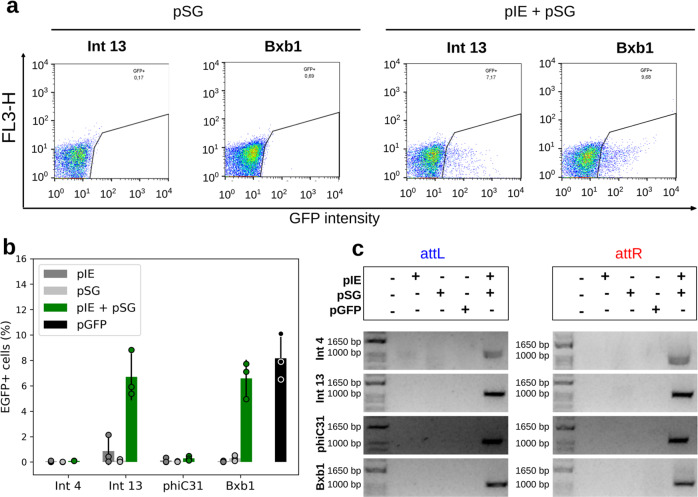Fig. 6. Int activity in primary human T lymphocytes from PBMCs isolated from three independent donors.
a Flow cytometry distribution of PBMCs at 48 h post electroporation for GFP switch tests with Int 13 and Bxb1, the integrases that led to the highest EGFP-expressing cell frequencies. The heat map indicates the scattering of high cell concentrations (warm colors) to low cell concentrations (cool colors). The gate encompasses the EGFP-expressing cell population. b Bar graph plots showing the total average percentage and standard deviation of a cell population expressing EGFP in biological repeat assays (n = 3) and circles corresponding to single data points from each donor material. The x axis contains the different conditions. In the PBMCs assays, Ints 2, 13, phiC31, and Bxb1 were evaluated. c Amplicons obtained through PCR analysis using two specific primer sets, the first set to verify attL formation and the second set to verify attR (highlighted in Fig. 1). The expected amplicon sizes in the Int test groups varied from 1021 to 1104 bp for attL and from 1058 to 1084 bp for attR. Negative control cells were electroporated with only one of the two vector sets, that is, integrase expression (pIE) or switch GFP (pSG) vectors. Positive control cells (pGFP) have an egfp sequence in the forward orientation under the control of the EF1 alpha promoter. All the data were representative of three donors, corresponding to biological triplicates with single measurements.

